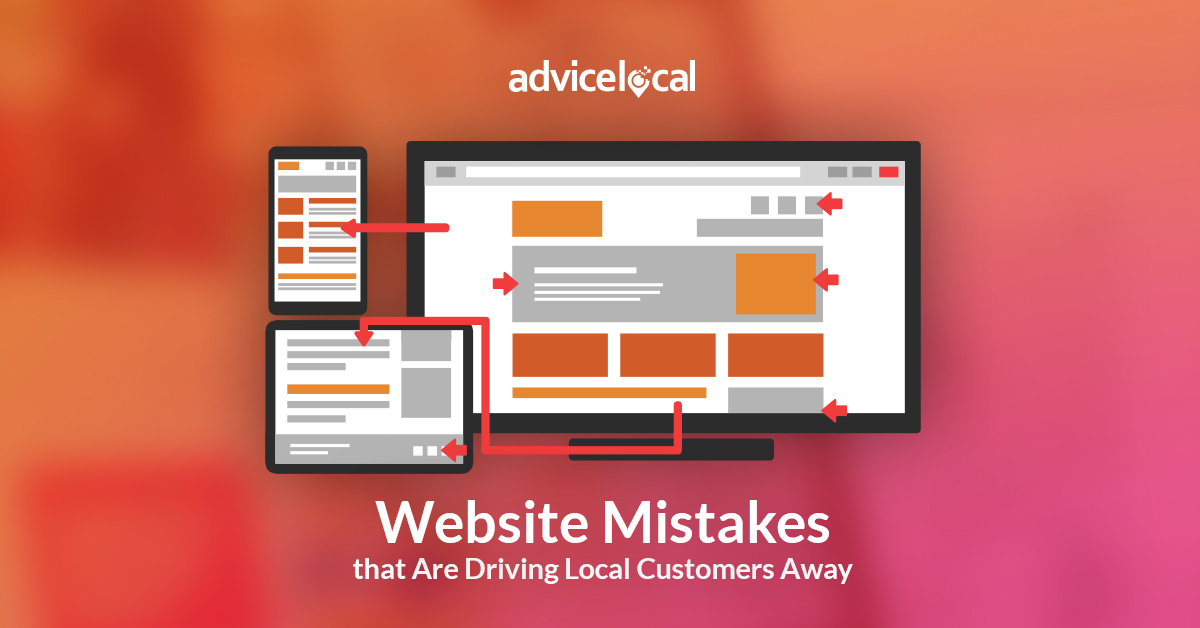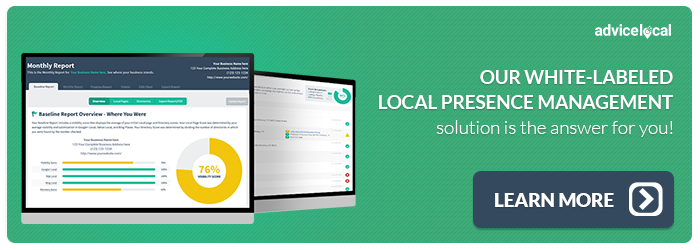Getting prospects to a website is one of the first and most important components of a digital marketing strategy. Keeping visitors on the website and engaged for extended periods is the next fundamental. Visitors who leave quickly will adversely impact the bounce rate, while also proving unlikely to purchase any products.
Local business owners need their websites, pages and posts to look good, but they must be focused on the conversion for sales, email subscriptions, and advertising clicks.
Happy Site Visitors Mean More Traffic and Increased Sales
There’s a number of methods that prove reliable for keeping visitors engaged and clicking through a website. When implemented, the following will lead to significant improvements in engagement on any local business website.
1. Keep It Fresh
Websites that feel stagnant turn away customers every day. Old is out. Remove any dated content, and those offers and images that have expired. Instead keep the homepage current, with hot items easy to find. Feature promos and push them through to the buy.
2. Consumers Like It Easy
Complex navigation won’t be required on the majority of sites, so aim to keep it simple and clear. If the focus is on blog content, organize articles into relevant categories; consider having a section for the most popular posts. Bigger sites might need a more comprehensive structure, but you can avoid most problems by mapping out the structure in the development phase.
3. Above the Fold Is Everything
If a visitor lands on your site and sees large header graphics and advertisements, there’s a good chance they won’t scroll down the page. Prominent ads might generate some short-term income, but it’s not a good strategy for long-term growth. Visitors will usually be arriving from the search engines or a social media post, so ensure the content they’re anticipating is immediately accessible.
4. Too Much Clutter Is a Killer
White space is not immediately obvious to most visitors, but it is sure noticeable by its absence! A lack of white space on a page creates clutter, causing confusion and a negative impression. A bad first impression for a visitor usually results in a quick click back to search results. In most cases, the design process just involves leaving gaps between the content sections on a page, making navigation far simpler.
5. Take the Site Visitor on a Journey
Internal linking makes it easy for visitors to find relevant content as they browse the page. Most articles will have a mention of a niche-related keyword, so use this reference to link to the most relevant article or supporting product page. Sites like Wikipedia use this method to great effect, with many readers spending a lot of time looking into various related articles.
Plus, adding related posts within an article, both at the end and in the sidebar, will keep your visitors clicking around. If the subject is closely related, there’s a good chance it will draw interest – and keep visitors reading and clicking across multiple pages.
6. The Proof Really Is in the Pudding
A website should offer proof to quickly convince visitors it is popular and legitimate. Do this with prominent social media buttons, and go a step further with a comment section. An active conversation creates a vibrancy that’s difficult to manufacture. Adding responses from the author shows they are interested in their visitors.
7. Yes, There’s a Need for Speed
Speed is a critical factor for keeping visitors engaged. Pages that freeze or slow down lead to incredible frustration, with new visitors unlikely to return. To counteract common problems, find quality hosting, host large files on a secondary service, compress large images, and run a speed test to find any coding problems. Google rewards sites that are fast, mobile and optimized! Take advantage of this opportunity.
Ready for Implementation to Overcome these Website Mistakes?
Implementing these methods can add up to a substantial improvement in visitor dwell time. If visitors stay engaged it will grow the brand, gain more subscribers, and make more sales. There are no certainties with web design, so be prepared to test alternatives. Many of the problems experienced on other sites will apply to your own. Keep these in mind when implementing.
Focus on providing a good user experience – put visitors first at all stages, and listen to opinions instead of fixating on any particular design.
Need Some Help with Local Presence Management?
Focusing on website visitors will reward the business’ website with engagement and sales. But you’ve got to get them to that website first! This is exactly where local SEO, directory listing optimization, and paid advertising is key. Request a demo today and learn how Advice Local can help.




